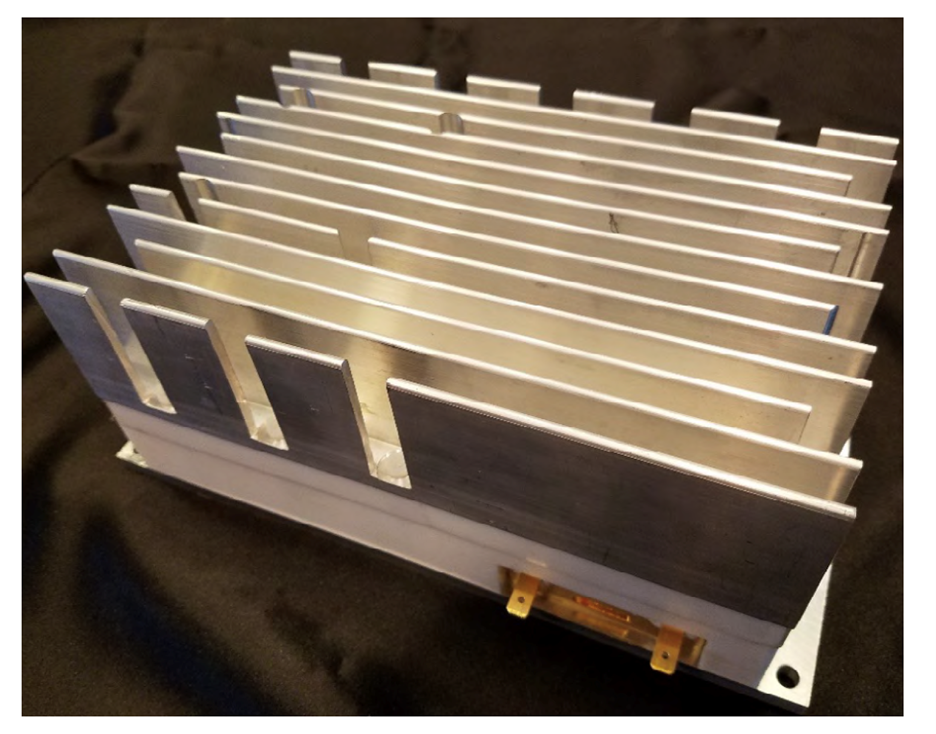Diodes and transistors have limited voltage capability because most of the applied voltage is confined to a very thin depletion region between junctions. By controlling current optically, isolation between devices and a bulk transconductance-like property without a junction results. For devices made from specially doped wide bandgap materials, the voltage can be scaled upward easily; because they are isolated optically, devices can be stacked and controlled from ground.
The Optical Transconductance Varistor (OTV, formerly known as Opticondistor) overcomes depletion region voltage limitations by optically exciting wide bandgap materials in a compact package. A 100μm thick crystal could have the capability approaching 40kV and would replace numerous equivalent junction devices. Thus, unlike present junction transistors or diodes, this wide bandgap device can be stacked in series or parallel as separate devices or made thicker to accommodate higher voltages.
- Wide bandgap material -> Increased high voltage breakdown limit -> Good for high power applications
- Optically activated -> Voltage isolated, ultrafast, precise control
- Compact size -> Lower manufacturing costs
- High voltage inverters, transmission, and power electronics
- High power transmitters, radar systems, communications
- TRL 3
- Portfolio of six patent applications.
VIDEO:
Started from the Garage, Now We're Here: Next Generation Power Electronics from Opcondys


